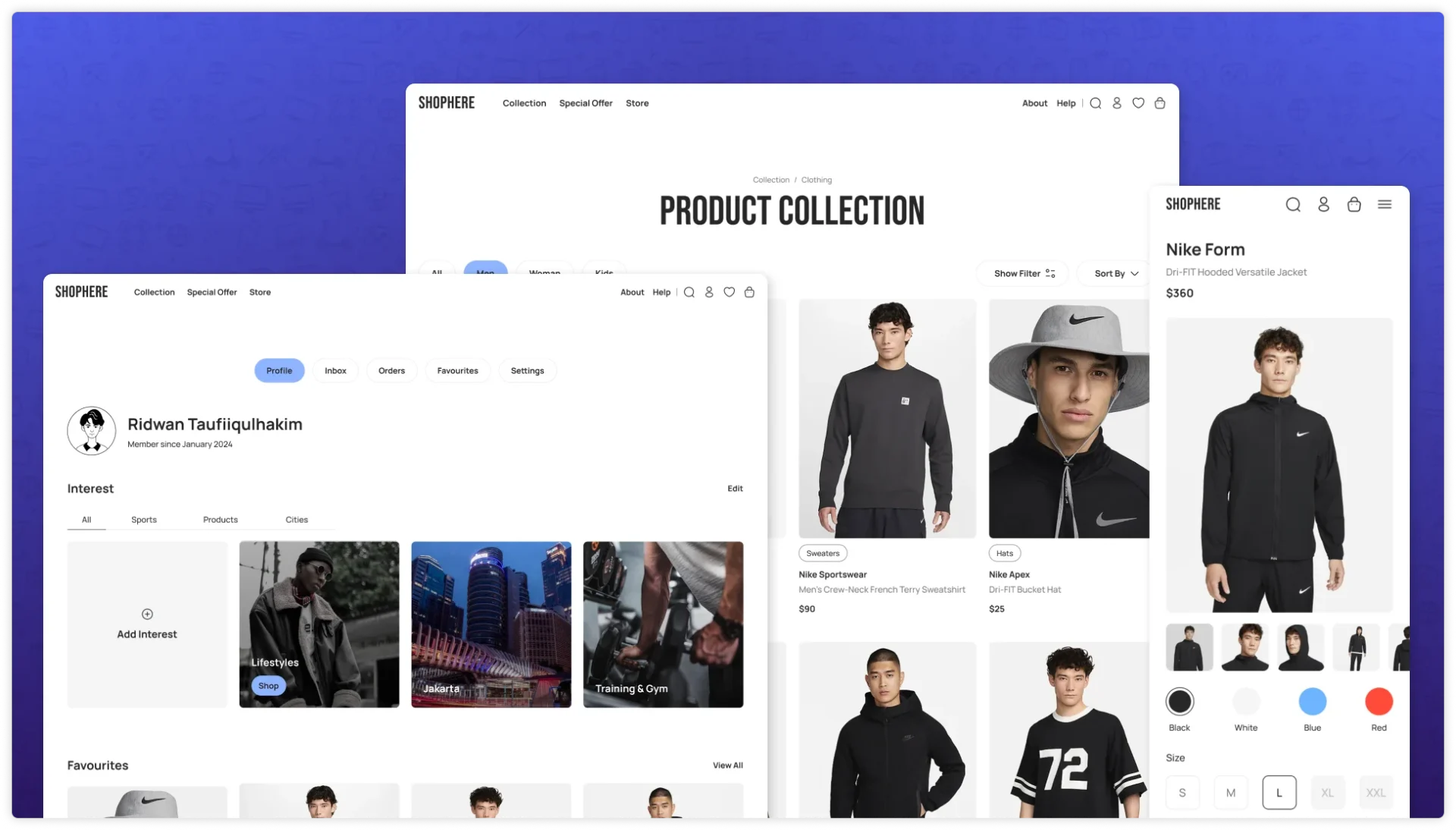
The e-commerce industry is rapidly developing, and statistics confirm the steady growth of online shopping – from mobile apps to online stores. One of the most noticeable market trends is marketplaces, which are advanced online stores with benefits for both sellers and buyers.
Even the largest players do not have a monopoly on this niche: consumer demand is growing, which means new, more flexible platforms can successfully enter the market. Launching your own marketplace is a complex task that requires the participation of an experienced team of developers. At AVADA MEDIA, we are ready to share practical experience, tell you how such projects are implemented, what to pay attention to and how to avoid critical mistakes.
A marketplace is an online intermediary platform that brings together buyers and sellers in one digital space. Companies place their products or services on personalized showcases, and buyers can search and compare offers from different sellers, making a choice based on price, quality, and other criteria. Thus, the marketplace turns into a convenient tool for doing business, eliminating the need for each participant to create and maintain their own online store.
There are different types of marketplaces, but we can highlight three main ones:
In our article, we will focus on niche marketplaces – platforms aimed at a specific audience with clearly expressed needs. Unlike mass platforms, such services do not seek to cover the entire market, but are focused on one specific segment, providing users with higher quality and specialized offers.
A marketplace is a convenient solution for both customers and suppliers and site owners. Unlike an online store, it is not limited to the assortment of one business, it is easier to expand and promote. Let’s look at the main points in more detail.
Suppliers are interested in placing their entire product catalog on the marketplace. This increases the likelihood that the buyer will find the desired product from them. This is also beneficial for the platform owner: the greater the choice, the higher the likelihood that the user will purchase several products at once and return for repeat purchases.
In addition, the marketplace develops according to the principle of a closed loop: more buyers attract new suppliers – the assortment grows – traffic increases – the marketplace becomes even more popular. In an online store, this effect is limited, because everything depends on the budget and capabilities of the owner. If he has a small warehouse, he will not be able to expand the assortment. If there are no funds, purchasing new goods becomes impossible.
Each product on the marketplace has its own separate page, which means that the platform has many web pages that are indexed by search engines. The more such pages, the higher the chances of taking top positions in the search results and attracting organic traffic.
An online store can also have many pages, but this is rare at the start. Therefore, the owner has to invest in SEO, content and advertising so that the site is higher than competitors. This requires significant costs and time.
The marketplace operates on a distributed responsibility model. The sellers themselves are responsible for the assortment, warehouse stocks and logistics, choosing convenient methods of storing and delivering goods. This simplifies the work of the platform owner: even if the assortment increases several times, he will not have to expand the warehouse or hire additional employees.
In an online store, everything is different: the owner himself is responsible for the purchase, storage and shipment of goods. This means that over time, you will have to expand warehouse logistics, organize delivery and increase the staff. All this slows down business growth and requires large investments.
Thus, the marketplace provides more opportunities for development and automation of processes, and therefore becomes a profitable alternative to a traditional online store.
Marketplace administration system option
The functionality of a marketplace can be huge, but there are key modules without which the platform’s operation is almost impossible. They provide convenient management, process transparency, and comfort for both buyers and sellers. Let’s look at four main functions that should be implemented at the start.
One of the most important modules of a marketplace. The seller’s personal account is a kind of “control center” where a company can add products, track orders, and manage sales. It is important to provide basic elements in it: contact information, product catalog, order history. Over time, you can expand the functionality by adding analytical tools, return management, and shipment automation.
An information card is one of the main factors for successful sales. It should contain photos, descriptions, characteristics, and customer reviews. An additional advantage will be SEO optimization, thanks to which products will be better indexed in search engines.
For example, imagine an electronics marketplace, where the product card should contain technical parameters – screen size, processor, memory size, demo photos, video reviews, as well as comparison with similar models. This helps users make a decision faster and reduces the burden on support, since customers receive all the necessary information in advance.
This is a personal page of the supplier, where he can display his products, create advertising banners and highlight the key advantages of the product. The ability to customize helps businesses better present their offers, attract customers and increase the average bill.
For example, consider a sports equipment marketplace. On such a platform, it will be convenient for the seller to create a showcase where the products will be sorted by sports: running, fitness, martial arts and others, and also add advertising banners with selections of seasonal and promotional products. This approach will help buyers navigate the assortment faster, and also increases the likelihood of additional purchases.
Feedback between customers, sellers, and the platform administration is an important part of the marketplace’s work. Communication methods can be different: a chat bot, an online chat with an operator, a ticket system, or telephone support. This helps to quickly resolve issues related to delivery, product quality, and returns.
If a buyer receives a damaged product, they should be able to easily contact support and quickly find a solution – for example, arrange a replacement or get a discount on the next order. The more convenient this process is, the higher the trust in the platform.
Marketplaces have set a new trend in the e-commerce industry and have significantly changed the market, making shopping more convenient, accessible and safe. Today, they attract not only end customers, but also many sellers, opening up wide opportunities for them to increase their income.
Let’s consider the advantages of marketplaces in more detail:
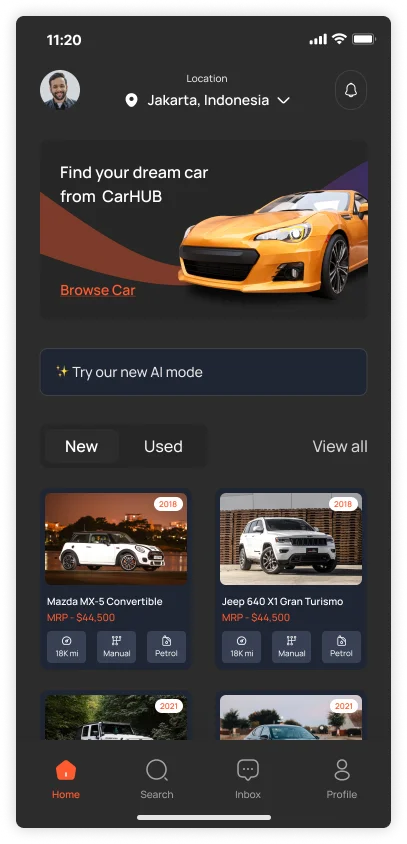

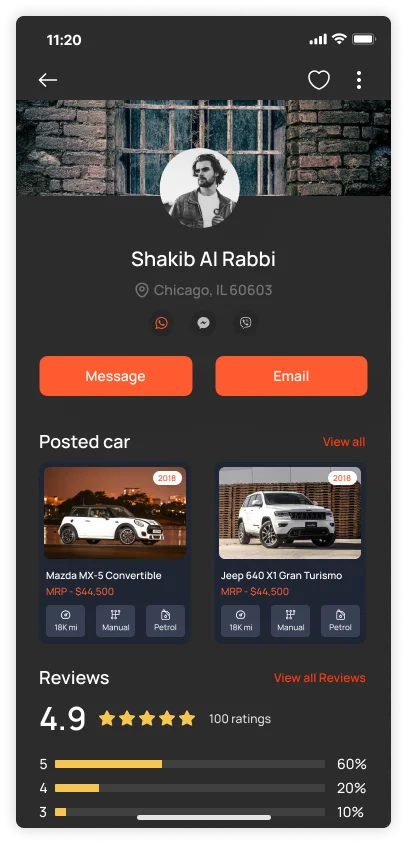
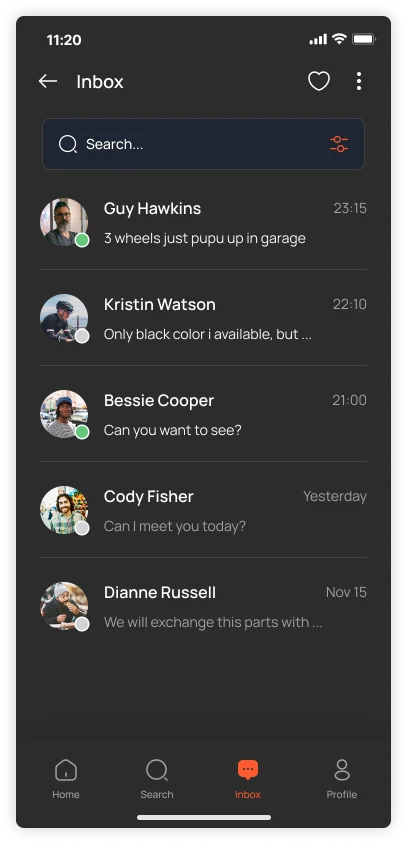
Example of a simple C2C marketplace app
Creating a marketplace is a complex process that requires clear planning, the right choice of technologies and constant product improvement. Based on our experience, we have developed a step-by-step guide that will help you launch your own marketplace from scratch, bring it to market and make it profitable.
Before starting development, it is important to determine what platform format you plan to create. Marketplaces differ in audience:
Marketplaces also differ in sales format: product – sell physical goods, service – sell services, as well as hybrid, which combine both of these models.
The next step is choosing monetization. There are different options here, but the most popular and in-demand are four:
The right choice of model determines how the marketplace will generate profit and under what conditions it will interact with sellers.
For sellers to want to work with the marketplace, the platform must provide them with convenient management tools. Among the main functions:
It is also important for sellers to have access to a convenient order management system. This can be your built-in system, or the ability to connect external CRM and ERP via an API interface.
The functionality for buyers differs significantly from the tools that the marketplace provides to sellers. Sometimes these differences are so significant that the platform can be divided into two separate applications. To help customers quickly find the products they need and place orders safely and comfortably, we recommend implementing the following modules:
Once these issues are resolved, you can move on to the technical development stage. And the first part of this process is creating an interactive prototype. It visualizes the logic of the platform and its functionality, and also contains interface wireframes that allow you to understand the location of modules on the pages.
Such a mockup is a great opportunity to test ideas at early stages, as well as identify and eliminate potential problems and vulnerabilities. As a result, development costs and time are significantly reduced.
Prototyping process in Moqups environment
The design of the marketplace should be developed with a focus on the target audience, functionality and features of the chosen niche. It is important not only to create a visually attractive interface, but also to ensure convenient navigation, clear logic of user interaction and adaptability for different devices.
In most cases, we recommend starting the development of the marketplace with an MVP – a minimum viable product of your platform. In this version, the UI/UX design is not yet final and can be improved based on feedback from real users.
The choice of stack affects the speed of development, ease of support and further development of the marketplace. The optimal set of technologies helps to create a reliable platform that can withstand increasing loads and easily adapt to changes. Usually, for such projects, we recommend using the following stack:
A marketplace is a large portal designed for huge traffic of visitors: both from businesses and end customers. When launching it, it is necessary to design and develop extensive functionality, and to ensure that everything works correctly, it is worth starting with creating a minimum viable product.
Here’s why this is important:
Creating an MVP is even more profitable when you want to test hypotheses and the operation of complex functional mechanisms on minimal budgets. This approach allows you to save a significant part of the budget and resources, avoiding unnecessary costs for finalizing ineffective solutions.
Development of a marketplace does not end at the launch stage. In order for the product to remain in demand and competitive, it must be regularly updated, optimized and adapted to the changing needs of users.
User experience analysis and testing help identify the strengths and weaknesses of the platform. You will be able to understand which functions work effectively and which are outdated and require improvement. Regularly collecting feedback will not only eliminate possible problems, but also identify new opportunities for improvement.
In addition, it is important to provide technical support and quickly respond to emerging errors. Reliable platform maintenance contributes to the stable operation of the service, increases the level of user trust and strengthens the reputation in the market.
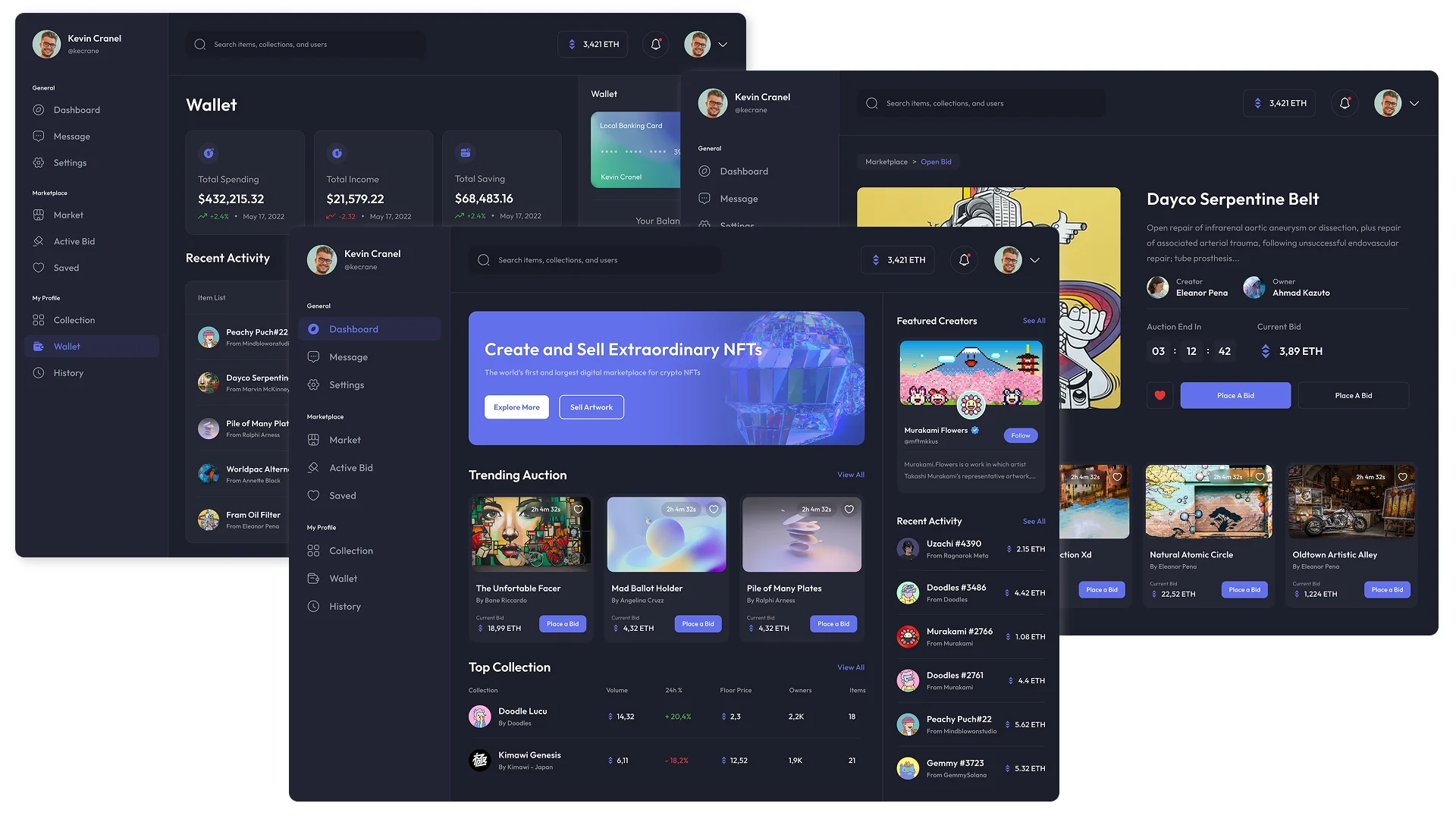
The demand for marketplaces continues to grow, and the number of new applications increases with it. The competition in this niche is high, so to successfully enter the market, it is important to offer users a quality product that can effectively solve their problems.
At AVADA MEDIA, we have been providing marketplace development services for various business niches for over 10 years. Based on the capabilities of advanced technologies and the deep expertise of our teams, we create functional, reliable and scalable solutions that meet the needs of the target audience and help companies successfully develop in a complex market.
By choosing AVADA MEDIA, you get not just a technical contractor, but a reliable partner who will help you develop an effective marketplace and ensure its development at all stages.
We invite you to discuss your project. Use the form below to contact our experts.
Contact the experts Have a question?
Developed by AVADA-MEDIA™
The user, filling out an application on the website https://avada-media.ua/ (hereinafter referred to as the Site), agrees to the terms of this Consent for the processing of personal data (hereinafter referred to as the Consent) in accordance with the Law of Ukraine “On the collection of personal data”. Acceptance of the offer of the Consent is the sending of an application from the Site or an order from the Operator by telephone of the Site.
The user gives his consent to the processing of his personal data with the following conditions:
1. This Consent is given to the processing of personal data both without and using automation tools.
2. Consent applies to the following information: name, phone, email.
3. Consent to the processing of personal data is given in order to provide the User with an answer to the application, further conclude and fulfill obligations under the contracts, provide customer support, inform about services that, in the opinion of the Operator, may be of interest to the User, conduct surveys and market research.
4. The User grants the Operator the right to carry out the following actions (operations) with personal data: collection, recording, systematization, accumulation, storage, clarification (updating, changing), use, depersonalization, blocking, deletion and destruction, transfer to third parties, with the consent of the subject of personal data and compliance with measures to protect personal data from unauthorized access.
5. Personal data is processed by the Operator until all necessary procedures are completed. Also, processing can be stopped at the request of the User by e-mail: info@avada-media.com.ua
6. The User confirms that by giving Consent, he acts freely, by his will and in his interest.
7. This Consent is valid indefinitely until the termination of the processing of personal data for the reasons specified in clause 5 of this document.
Send CV
Contact us in any convenient way for you:
+ 38 (097) 036 29 32